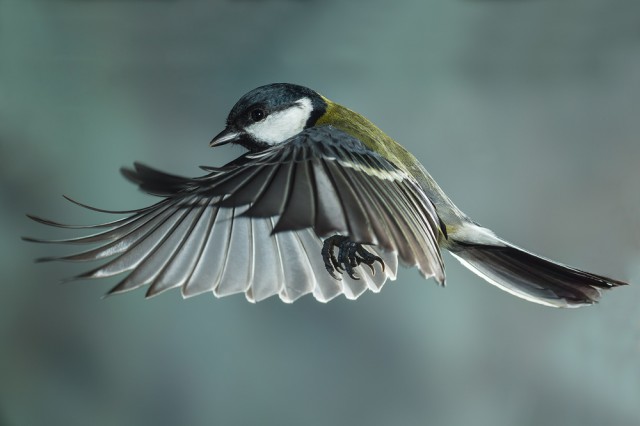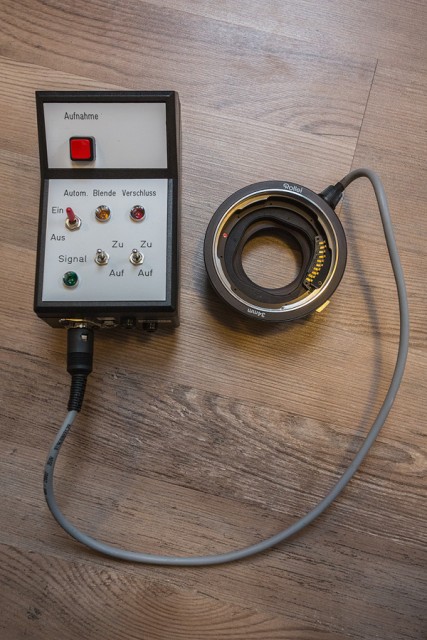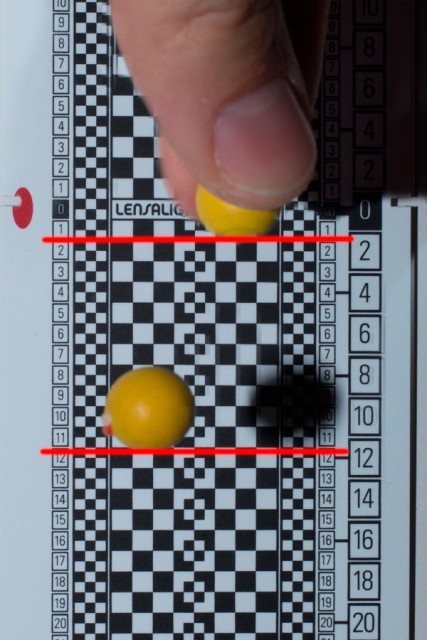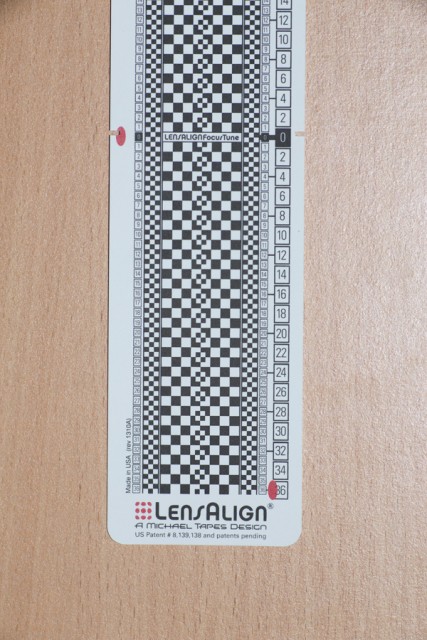the die is cast
It's almost winter time and drab condition in landscape made me focus on high speed photography once more. There are some technical details I would like to share with you.
There are two parameters that determine high speed nature photography: the length or rather the shortage of flash burst and the time that passes by from when the animal crosses the infra-red beam of the trigger, and the delay between triggering the photo trap and actual exposure. The first parameter can be dealt with using a flashgun in manual mode at 1/8 of the full power of the flash or lower. This means the flash duration, or the length of light pulse is around 1/8000th/sec or shorter. In my experience this is enough to stop a bird approaching bird feeder in mid air. I'll deal with this field some time in the future.
So let's concentrate on the second parameter: the shutter lag. High end digital single lens reflex cameras have this parameter in the ballpark of 50ms. That doesn't sound much, but a flying bird at say 50km/h will travel almost 14mm in one millisecond. That means in 50ms it will be 700mm from the position where the camera was triggered, or out of the frame. When the bird is landing its speed is of course reduced to standstill, and I photographed many birds coming to a bird feeder or nest box, but the set-up is a very frustrating experience. This was even more the case, when I photographed House Martins, where I wasn't able to set photo trap up close to nest, but rather one meter away. In two years of experimenting, I got three fairly sharp photos with the bird where I wanted it. I knew that the Rollei 6008 camera is capable of a shutter lag of a couple of milliseconds, but camera, lens and digital back for the camera would cost me something in the neighbourhood of ten thousand euros - used, and I wasn't prepared to put so much money in this project. Then I became aware of German photographer Dieter Mahlke, who is making a conversion adaptor with which one can use the Rollei 6000 series lenses on either a Canon or Nikon DSLR camera.
It's quite expensive, but in my view worth the cost. Here is a method with which I tested the lag of this system. It relies on equations for calculating distance covered in given time in free fall:
Where g is is gravitational acceleration of 9,81 meters pre second square t is time and l is distance. Since we are searching for time and will measure l, we need to rearrange the equation:
Before measuring we need a reference point; the point where the photo trap is triggered by non moving object. In the photo below this is represented by a ball between my fingers.
The distance between two red lines in the photo represents the distance the ball travels before the camera fires. In my case this is 30mm. If l is 500mm for reference point, then l for a trigger system is 530mm. If we put these two distances into equation for t, we get the times of 0,319 s for the fall to reference point, and 0,329s for the point where ball was caught with photo trap system. The difference represents the delay of the system and in my case is 10ms.
Here is a telling photo taken with Canon EOS 5D mk. III without Rollei shutter. Shutter lag is reported to be 59ms, but I didn't measure it myself.
It's worth mentioning, that the length of the ruler from number 0 to the end is 132mm, and the bottom of the photo is 155mm away from number 0, and that represents 46ms.








